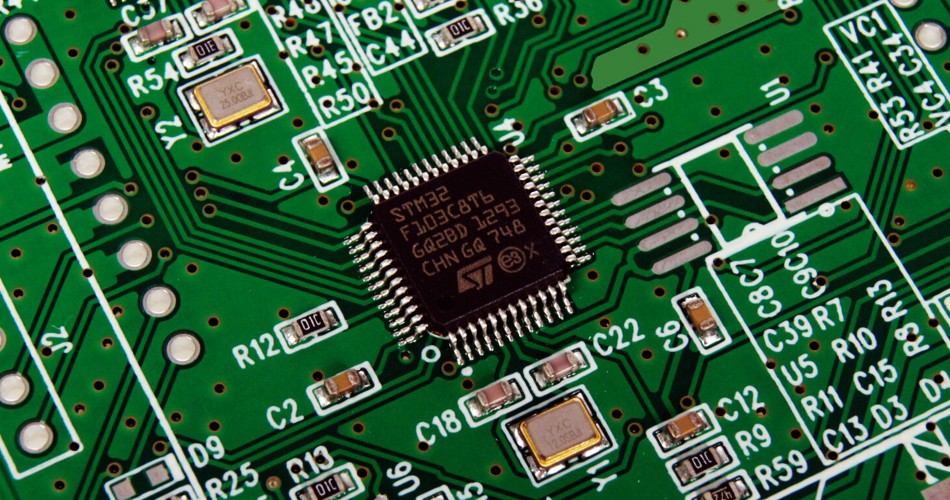- English
- Español
- Português
- русский
- Français
- 日本語
- Deutsch
- tiếng Việt
- Italiano
- Nederlands
- ภาษาไทย
- Polski
- 한국어
- Svenska
- magyar
- Malay
- বাংলা ভাষার
- Dansk
- Suomi
- हिन्दी
- Pilipino
- Türkçe
- Gaeilge
- العربية
- Indonesia
- Norsk
- تمل
- český
- ελληνικά
- український
- Javanese
- فارسی
- தமிழ்
- తెలుగు
- नेपाली
- Burmese
- български
- ລາວ
- Latine
- Қазақша
- Euskal
- Azərbaycan
- Slovenský jazyk
- Македонски
- Lietuvos
- Eesti Keel
- Română
- Slovenski
- मराठी
- Srpski језик
3D printing and additive manufacturing applications in PCBA assembly
2024-03-05
3D printing and additive manufacturing technologies have potential in PCBA assembly and can be used in some special applications and scenarios. Here are some applications of 3D printing and additive manufacturing in PCBA assembly:

1. Housing and mechanical parts manufacturing:
3D printing can be used to create enclosures, mechanical brackets, and other structural parts that often require custom designs to fit specific PCBAs and electronic devices.
2. Customized connectors and connecting parts:
3D printing can be used to manufacture custom connectors and connection parts to accommodate special interface needs, such as special shapes or arrangements.
3. Radiator and heat dissipation structure:
In high-performance PCBA, heat dissipation is an important consideration. 3D printing can be used to manufacture complex heat sinks and heat dissipation structures to improve heat dissipation performance.
4. Support structure:
For some PCBAs, support structures may be required to secure electronic components or maintain specific assembly positions. 3D printing can be used to manufacture these support structures.
5. Encapsulation and packaging:
3D printing can be used to create customized packages and packaging to fit the specific size and shape requirements of PCBAs, providing protection and isolation.
6. Guidance and positioning tools:
During the PCBA assembly process, the use of 3D printed guide tools and fixtures can help ensure the accurate positioning and assembly of components.
7. Antenna and antenna bracket:
For radio frequency (RF) applications, 3D printing can be used to manufacture antennas and antenna supports to ensure accurate positioning and customized design of the antenna.
8. Cable management:
3D printing can be used to create cable management tools and brackets to keep wires and cables organized neatly.
9. Customized test fixture:
During PCBA testing and debugging, custom test fixtures manufactured using 3D printing can help improve the efficiency and accuracy of testing.
It should be noted that the application of 3D printing and additive manufacturing technology needs to be customized according to specific PCBA design and production requirements, and may not be applicable in all cases. When applying these technologies, factors such as material selection, process control, accuracy requirements and cost-effectiveness need to be considered. In addition, ensuring that the electrical properties of 3D printed parts and PCBA do not interfere or affect is also an important consideration.
-
Delivery Service






-
Payment Options









